Secret Letters 4
Secret Letters 4
ر.س19,800.00
Our Secret Letters Collection comes with many varieties and its these are unique masterpieces in globe, Entirely built with hand.
These Sculpture are made with Mixed Media Particles from from the unique colors and eye catching calligraphy
5 in stock
Details Art has an accumulative creativity and innovation which molds our clients’ imagination and desires to a dazzling and captivating form of art, ideas inspired by the methodology of Islamic history and Arabic art and the Holy Quran merging the Al-Thulith font with beginning of Holy Surahs in a geometrical form and decorative harmony adding charming touches that obliges admiration to its viewers. We are eloquent at language of silence and know how to deal with work as a timeless value that needs caring and attention to detail.
| Weight | 10 kg |
|---|---|
| Dimensions | 20 x 20 x 20 cm |
| Artists | |
| Color | |
| Medium | |
| Size | |
| Collection |

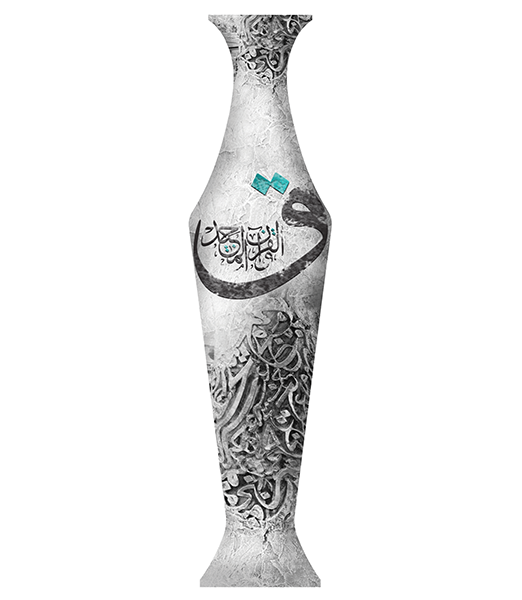
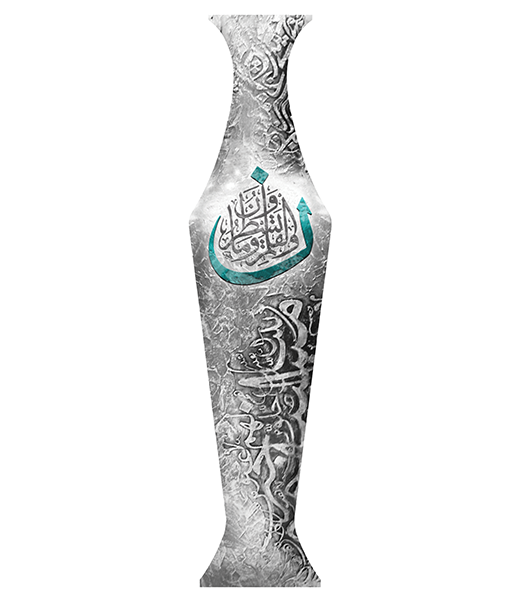
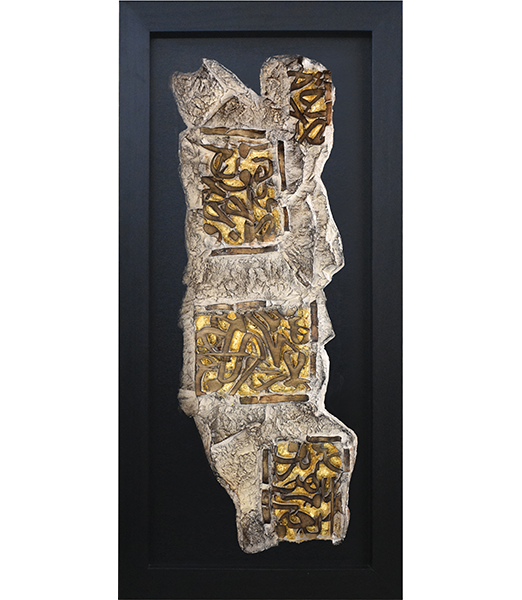
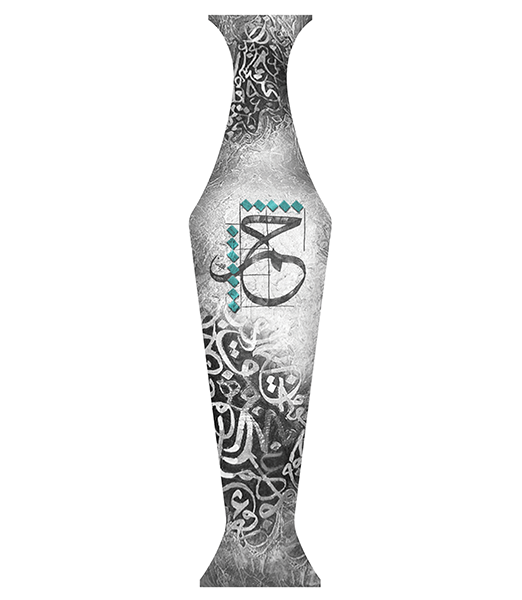
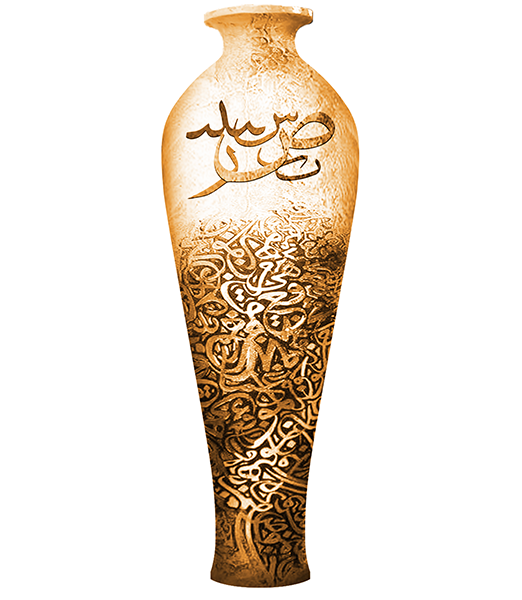
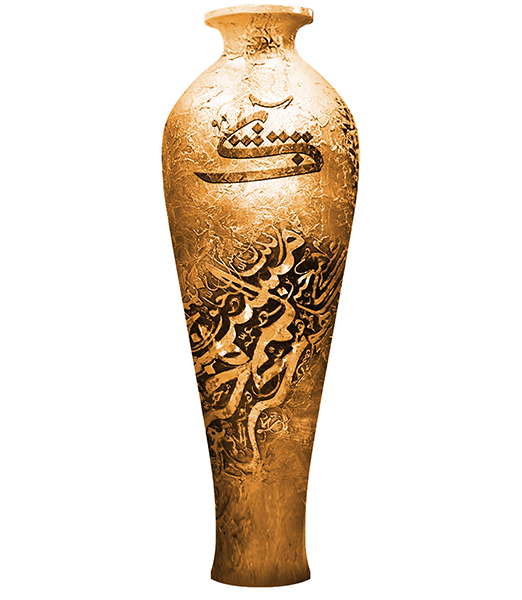
Reviews
There are no reviews yet.